The then all-new T6 Ford Ranger launched in 2011 was proudly designed and developed in Australia. So, if you ignored the fact it was assembled in Thailand to minimise production costs, it was the closest thing you could get to an ‘Aussie’ ute and Australian buyers responded in large numbers.
More than a decade later its long-awaited replacement, which Ford logically calls the Next-Gen Ranger, has arrived and its T6.2 model code confirms it’s an evolution of the original.
There are five model grades that ascend from the base model XL through XLS, XLT, Sport and Wildtrak, with a new version of the range-topping Raptor soon to return to its throne. We recently spent a week with one of the more work-focused 4x4 models to see if it has raised the bar in the tradie wars.
Ford Ranger 2023: XLS 2.0 (4X4)
| Engine Type | Diesel Twin Turbo 4, 2.0L |
|---|---|
| Fuel Type | Diesel |
| Fuel Efficiency | 7.6L/100km (combined) |
| Seating | 5 |
| Price From | $49,060 - $56,430 |
| Safety Rating |
|
Price and Features – Does it represent good value for the price? What features does it come with?
Our test vehicle is the XLS model grade, which although offering a choice of 4x2 or 4x4 drivetrains is available only as a dual cab with 2.0-litre Bi-Turbo diesel and 10-speed automatic transmission, for a list price of $54,330 plus ORCs.
The XLS is a more upmarket version of the base XL. To justify its higher price, the XLS adds 16-inch alloy wheels with 255/70R16 tyres and a full-size steel spare, black grille with silver accents, halogen fog lamps, side-steps, front parking sensors, six-speaker sound, power tailgate lock and carpet flooring with driver’s mat.

This is in addition to the XL’s new 10.1-inch portrait touchscreen which serves as ‘central command’ for numerous infotainment and climate control functions. The XLS has two 12-volt accessory plugs and three USB ports.
Our example is also equipped with optional spray-in load tub-liner and 3.5-tonne tow bar with electronic trailer brake controller. It’s also fitted with the XLS Tech Pack comprising SYNC 4A connectivity, DAB+ digital radio, dual-zone climate control including air-vents for rear seat passengers, keyless entry with push-button start and premium body-coloured door handles. And its striking Sedona Orange paint is one of many optional prestige colours.
Design – is there anything interesting about its design?
The Next-Gen's key changes include a 50mm increase in wheelbase to provide a smoother ride and improved directional stability plus a 50mm increase in track width resulting in a wider footprint. The rear shock absorbers have also been moved outboard of the leaf springs. These changes make the new Ranger feel even more sure-footed.
New styling draws inspiration from its F-series big brother in producing a handsome evolution, which includes new steps in the bodywork behind the rear wheels to aid load tub access. At this stage Ford has only released dimensions that are not model-specific, so for what they’re worth the new Ranger is longer, wider and taller.

Its off-road credentials include the same excellent 800mm wading depth as its predecessor and the XLS provides 224mm of ground clearance, 29 degrees approach angle, 20 degrees ramp-over angle and 25 degrees departure angle.
The more spacious interior includes entry-assist handles on the A and B pillars and there’s ample knee and headroom in the rear seat, even for 1.8m-tall adults like me with the driver’s seat in my position. The top of my head also has clearance in the slightly higher central rear seat.
Our only design criticisms are the dual bottle-holders that are moulded into the front door linings. Although there’s provision for small and large bottles, our Nike drink bottle was too large to fit the small holder and too small to fit snugly within the large holder. And rear seat passengers miss out on some important convenience features (see Practicality).

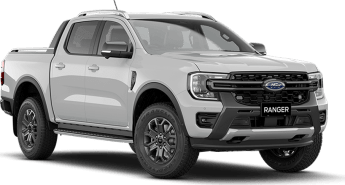
Engine and transmission – What are the key stats for the engine and transmission?
Ford’s familiar 2.0-litre Bi-Turbo diesel underpins the new Ranger line-up, as its optional on XL but standard across XLS, XLT, Sport and Wildtrak. In its latest guise it produces 154kW at 3750rpm and 500Nm of torque in a narrow band between 1750-2000rpm.
This engine is paired with Ford’s equally familiar 10R80 10-speed torque converter automatic. This smooth-shifting transmission has overdrive on its top three gears (8/9/10) for economical highway performance.

It also offers the choice of sequential manual-shifting using a toggle switch on the shifter knob and four selectable drive modes including Normal, Eco, Slippery and new Tow/Haul. Our XLS is equipped with a part-time, dual-range 4x4 transmission with 2.7:1 low range reduction. There’s also a rear diff lock.
Fuel consumption – How much fuel does it consume?
Ford claims an official combined figure of 7.6L/100km but the dash readout was showing 9.3 when we stopped to refuel at the end of our 396km test. This involved a mix of city, suburban and highway driving and about one third of that was hauling a near-maximum payload. Our figure, based on fuel bowser and tripmeter readings came in higher again at 10.8L/100km. So, based on our ‘real world’ consumption, you could expect a driving range of around 740km from its 80-litre tank.
Practicality – How practical is the space inside?
With its 2216kg kerb weight and 3230kg GVM, the XLS has a one-tonne-plus payload rating of 1014kg. It’s also rated to tow up to 3500kg of braked trailer but with its 6350kg GCM rating (or how much it can legally carry and tow at the same time) that would require limiting the Ranger’s payload to 634kg, or a sizeable 380kg reduction.
These figures are theoretical of course because few owners would need to tow 3.5 tonnes, but it does highlight the importance of doing your sums when towing heavy loads.

The load tub, which has internal lighting in the side walls, is 529mm deep and its floor is 1547mm long and 1584mm wide with a 1413mm rear opening. Thanks to the wider track, there’s a more generous 1224mm between the wheel housings. That means it tops its predecessor in being able to carry either an 1165mm-square standard Aussie pallet or 1200 x 800mm Euro pallet, secured with six load anchorage points.
The tailgate can also serve as a handy workbench, with an integrated 1.3-metre ruler and two spring-loaded ‘trapdoors’ that allow the use of G-clamps to hold materials in place when cutting or drilling.
Cabin storage offers an overhead glasses holder and there’s small and large bottle-holders and a storage bin in the base of each front door. There are no cup or bottle-holders in the dash but there’s an open storage shelf on the passenger side above the glovebox. The centre console has open storage at the front, two cup/small-bottle holders in the centre and a storage box at the rear capped by a contoured and extended lid that doubles as a driver’s elbow rest.

Rear doors have single bottle-holders and smaller bins, but only the front passenger seat’s backrest offers a storage pouch for rear passenger use. There’s also no fold-down centre armrest with cup-holders so there's no place to carry them, which combined with the absent driver’s seat pouch are notable omissions in rear passenger comfort.
The rear seat’s base-cushion can swing up through 90 degrees to provide access to a pair of underfloor compartments, which are ideal for storing valuables away from prying eyes. The seat base can also be stored vertically if more internal cargo space is required.
What’s it like as a daily driver?
Like its predecessor, the latest Ranger has the unmistakable ‘feel’ of a vehicle designed and developed by Ford Australia. It’s reassuringly familiar in character but with its longer wheelbase and wider track it feels even smoother and more planted on the road.
It corners with minimal body roll, its unladen ride quality over bumps is supple yet disciplined and the steering remains arguably the best in class, being very light at parking speeds and increasingly firm and responsive as road speeds rise.
It’s more car-like to drive, with excellent refinement and what sounds like an even quieter cabin. It has good all-round vision and finding a comfortable driving position is not hard given the combination of supportive seating with adjustable lumbar support, the addition of reach adjustment to the height-adjustable steering wheel and a decent-sized left footrest.

The 2.0-litre Bi-Turbo engine is well suited to this application, with its meaty 500Nm of torque peaking at 2000rpm yet abundant either side of that figure. The 10-speed auto offers near seamless changes and the option of sequential manual-shifting, which can be useful when hauling heavy payloads or towing, particularly in hilly terrain.
The gearing, with its three overdrive ratios, is excellent for highway work which in top gear requires only 1500-1600rpm to maintain 100km/h and 1800rpm at 110km/h. At these speeds there’s minimal tyre and engine noise, with minor wind buffeting around the door mirrors and headboard frame. As an unladen daily driver, we struggled to find anything about its comfort or performance that was worthy of criticism.
What’s it like for tradie use?
We strapped 890kg into the load tub which with driver equalled a 990kg payload that just snuck in under the 1014kg limit. The rear leaf-springs compressed 60mm under this weight, which was line-ball with the previous model.
However, Ford has replaced the previous hard bump-stop rubbers, mounted on the chassis rails above the rear axle on each side, with longer and fatter cone-shaped jounce bumpers. These engage with the springs much earlier in compression, to provide a second stage of load support and eliminate the hard thumps that come from bump-stops at full suspension travel. As a result, the Ranger produced a smooth ride under maximum payload, floating over large bumps and dips without a thud to be heard.

The Ranger’s drivetrain also scoffed at our 13 per cent gradient, 2.0km set climb at 60km/h, self-shifting down to sixth gear and peak torque at 2000rpm for its effortless climb to the summit. With 500Nm of torque, there were no surprises there.
What did surprise us, though, was a loud bang from somewhere in the rear of the drivetrain at around 10km/h, when we accelerated from a slightly inclined standing start with this payload on board. It occurred once more (although more a loud clunk this time) during several standing starts after that, but could not be repeated when the vehicle was unladen, so it seemed to be weight-related.
We don’t know if it was a glitch confined to our test vehicle, or a wider issue. Either way, it was the only negative in what was otherwise an excellent load-hauling performance.

Warranty & Safety Rating
Safety – What safety equipment is fitted? What safety rating?
Not ANCAP tested yet (expect five stars) but the XLS comes equipped with nine airbags and cutting-edge active safety including evasive steer assist, reverse brake assist and post-impact braking, blind-spot monitoring with cross-traffic alert, lane-keeping assist, front and rear parking sensors, traffic sign recognition, reversing camera, adaptive cruise control and more. There’s also ISOFIX and top tethers on the two outer rear seating positions.
Ownership – What does it cost to own? What warranty is offered?
The Ranger is covered by Ford's five years/unlimited km warranty. Scheduled servicing every 12 months/15,000km, whichever occurs first. Capped-price servicing of $329 for each of the first four services up to four years/60,000km whichever occurs first.
Verdict
Ford faced a challenging task of making an already great ute even greater. And it has largely succeeded, with bold new styling, enhanced suspension and handling, more refinement, technology, safety and performance. Apart from the mysterious drivetrain noise under load, we can’t pinpoint any significant flaw in the Next-Gen Ranger XLS. There’s a lot to like here.
Pricing Guides



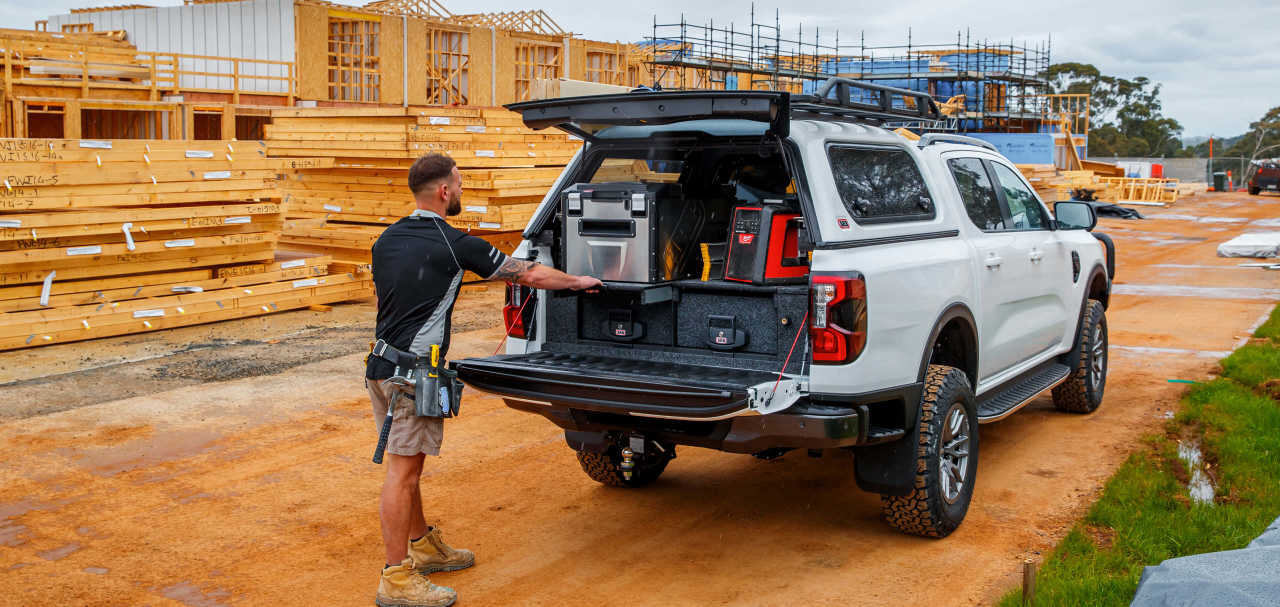

.jpg)

.jpg)



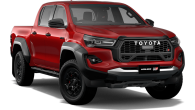
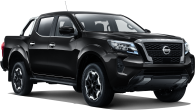

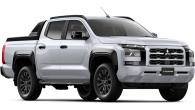


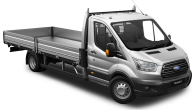
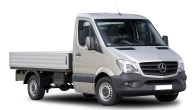
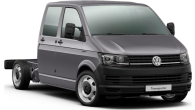
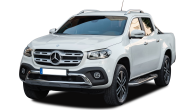



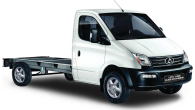


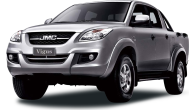

.jpg)


.jpg)




.jpg)
.jpg)

Comments